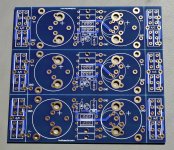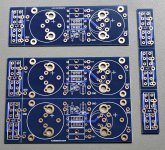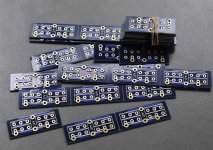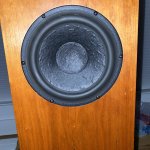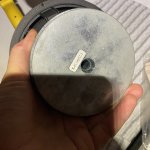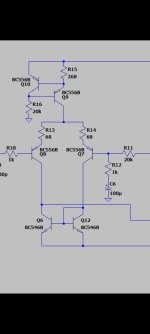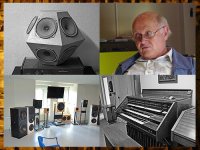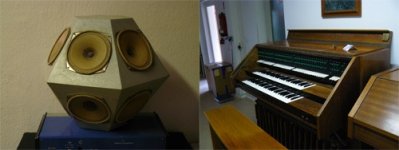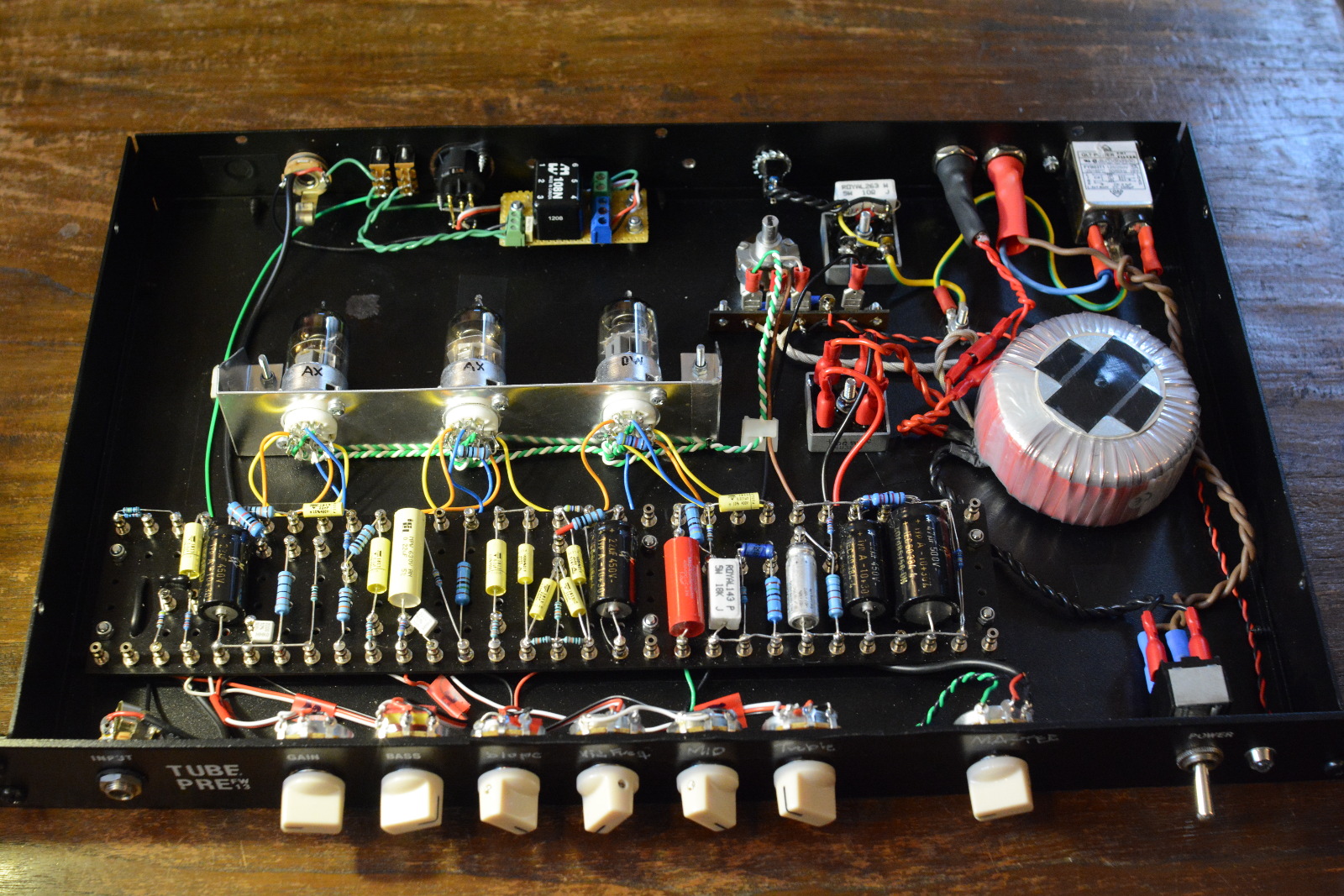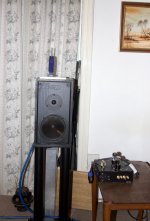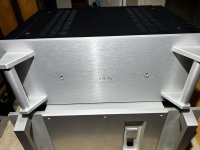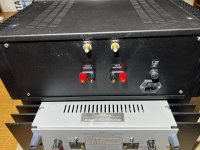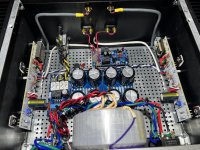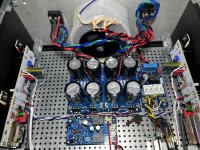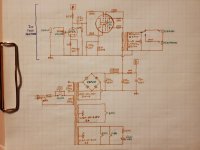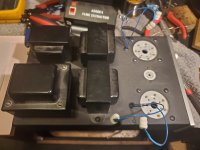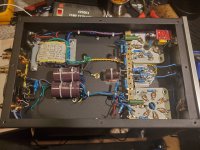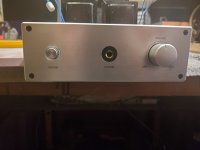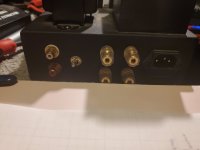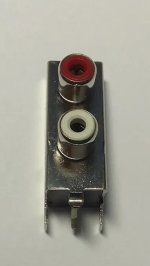Nowadays there's no short of information about driver's harmonics distortion. For example when we compare Scanspeak 15WU/8741T00 vs SBA SB15CAC30 from a famous German DIY magazine, it's pretty easy to see both are great drivers, but SB15 seems to be a slightly better in all regards. After all, SB15CAC30 is better at 3rd harmonics(HD3) in all frequencys, and equal or better 2nd harmonics(HD2) thanks to a more stiff cone. So conclusion is pretty clear right? As long as you are ok with 5mm xmax, SB15CAC30 should be a better driver:

Until I'm interested to do a 30hz+255hz(4:1) test my self. Test condition is not ideal but made as fair as possible. I test free raw driver with nearfield MIC, same distance for both driver, with about 3.5mm~4mm one way excursion on SB15 and match the bass tone(not voice tone) on 15WU. After all, voice tone is 12db lower in voltage and should be handled easily for both drivers. Both drivers are my own collections so there's no need for bias here. Here's the result:
SB15:
15WU/8741:
Not only SB15 shows much higher HD2, HD3, IMD2, IMD3; but the waveform is
visually distorted, which is a bit shocking here. Considering the price, 15WU in this particular test is clearly another class or two higher than SB15, which it should be, but considering SB15 metal cone drivers doing so well in almost all DIY audio tests and is regarded so highly, and 15WU is generally regarded not so well by DIY community, this is still a bit surprising.
So I decided to do similar tests for my 4 inch driver collections, but with 80hz+680hz(4:1). I choose these frequencies because 80hz is higher than most driver's FS in this group, can produce reasonable loud SPL in home use. I pushed the drivers to around 2.5~3mm XMAX one-way so that it stayed within most driver's linear excursion range(except W4-2142). I use Linkwitz ranking system to give each driver an average score by their ranking in each category, instead of a subjective ranking. Most ranking are quite straightforward, but I want to add another one: Amplitude stability. I'll explain how it works:

In this graph, I compared the voice tone amplitude for the ones from bottom and top bass tone respectively, and derive a score by its min/max. In this example, bottom voice tone is 62 pixel height, and top one is 57 pixel height, thus got a score of 92% in amplitude stability. This is still very rough, but is easy to do, and at least provide a bit of information. This test should be mostly indicative of BL curve symmetry, but also probably reluctance force modulation. To be honest I'm not sure.
Another note: In IMD rankings, I bias more on IMD components on the
LEFT. on the right it should be easily masked just like HD2.
Here are the results:
Peerless NE123W:
Wavecor WF120BD01:
TB W4-1757SB:
SB Acoustics SB12PAC25:
TB W4-1052SD:
TB W4-2142:
TB W4-1337SD:
Dayton CF120:
TB W4-1720:
Peerless HDS 830854:
Here's a score table:
| Amplitude Stability | Bass HD | Voice HD | IMD2 | IMD3 | AM Ranking | Overall |
| W4-2142 | 96.20% | 7 | 6 | 3 | 2 | 2 | 4 |
| NE123W | 95.30% | 9 | 3 | 4 | 6 | 3 | 5 |
| W4-1720 | 96.90% | 10 | 2 | 5 | 3 | 1 | 4.2 |
| CF120 | 90.70% | 6 | 9 | 7 | 10 | 6 | 7.6 |
| W4-1337SD | 90.50% | 5 | 5 | 6 | 8 | 7 | 6.2 |
| W4-1052SD | 87.80% | 8 | 4 | 8 | 9 | 8 | 7.4 |
| SB12PAC25 | 82.90% | 3 | 10 | 9 | 4 | 9 | 7 |
| W4-1757SB | 93.80% | 2 | 1 | 2 | 1 | 4 | 2 |
| WF120BD01 | 81.80% | 1 | 7 | 10 | 5 | 10 | 6.6 |
| 830854 | 93.30% | 4 | 8 | 1 | 7 | 5 | 5 |
And my IMD-biased rankings and comments:
1: W4-1757SB: Clear winner in this test. Great low distortion underhung driver.
2: W4-2142: Performs very well, also underhung driver despite smaller XMAX.
3: W4-1720: Huge underhung motor, very bad HD but decent IMD. Honestly I expected it to perform much better in this test.
4: 830854: Very good driver, and it performs slight better than the NE series from the same company.
5: NE123W: Good performer, I didn't expect it to do well in IMD test due to poor-ish Klippel tests in this series. But holds up well.
6: W4-1337SD: Another good performer. I expected it to do better, but IMD3 is not very good.
7: WF120BD01: Wavecor has excellent reputation in almost all non-linear tests, and ZaphAudio regarded it as an high-end all-rounded driver, but in this test it's a bit disappointing. IMD2 is particularly high.
8: SB12PAC25: Exceeded my expectation, considering this driver has no shorting rings, very close to WF120BD01 which has a fancy motor.
9: W4-1052SD: Ok performer. Considering the HD test is pretty good, IMD performance is a bit disappointing.
10: CF120: Worst in this group, a bit shocking considering this driver has copper cap in motor and has long throw. Actually I feel this driver is not bad at all, maybe the 80hz bass tone caused some unfortunate air turbulence out of the tiny hole on the back the driver. Higher or lower frequency it performs better.
That's all. Thank you!
Edit: Peerless 830854 has been added.
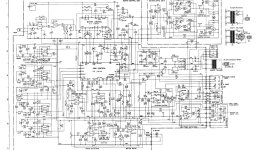

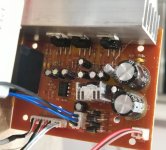
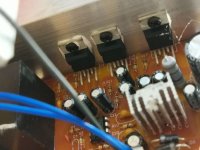
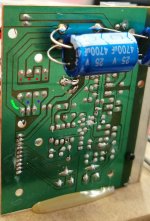



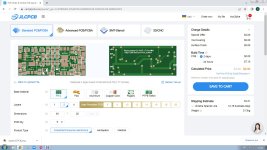
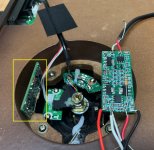
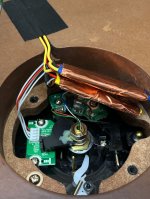

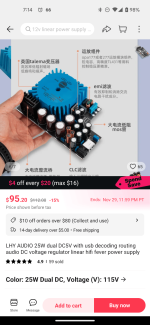










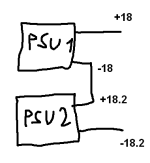


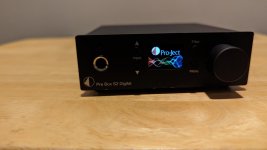
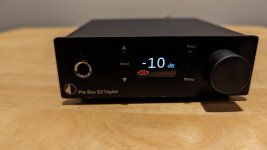
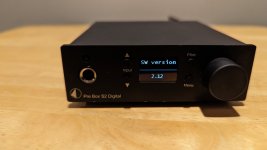
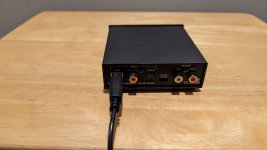

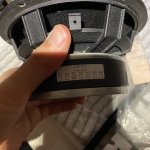
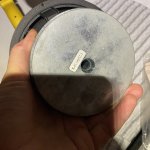
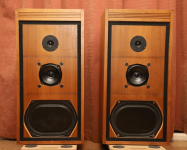
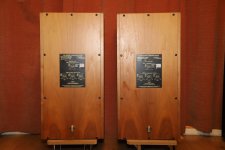
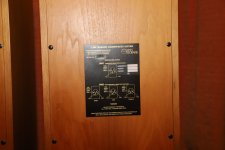

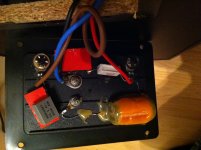

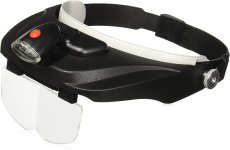

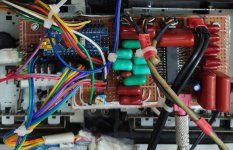
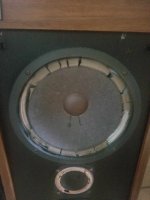


 +-10V. Only two fet's start to heat up (no heatsink).
+-10V. Only two fet's start to heat up (no heatsink).